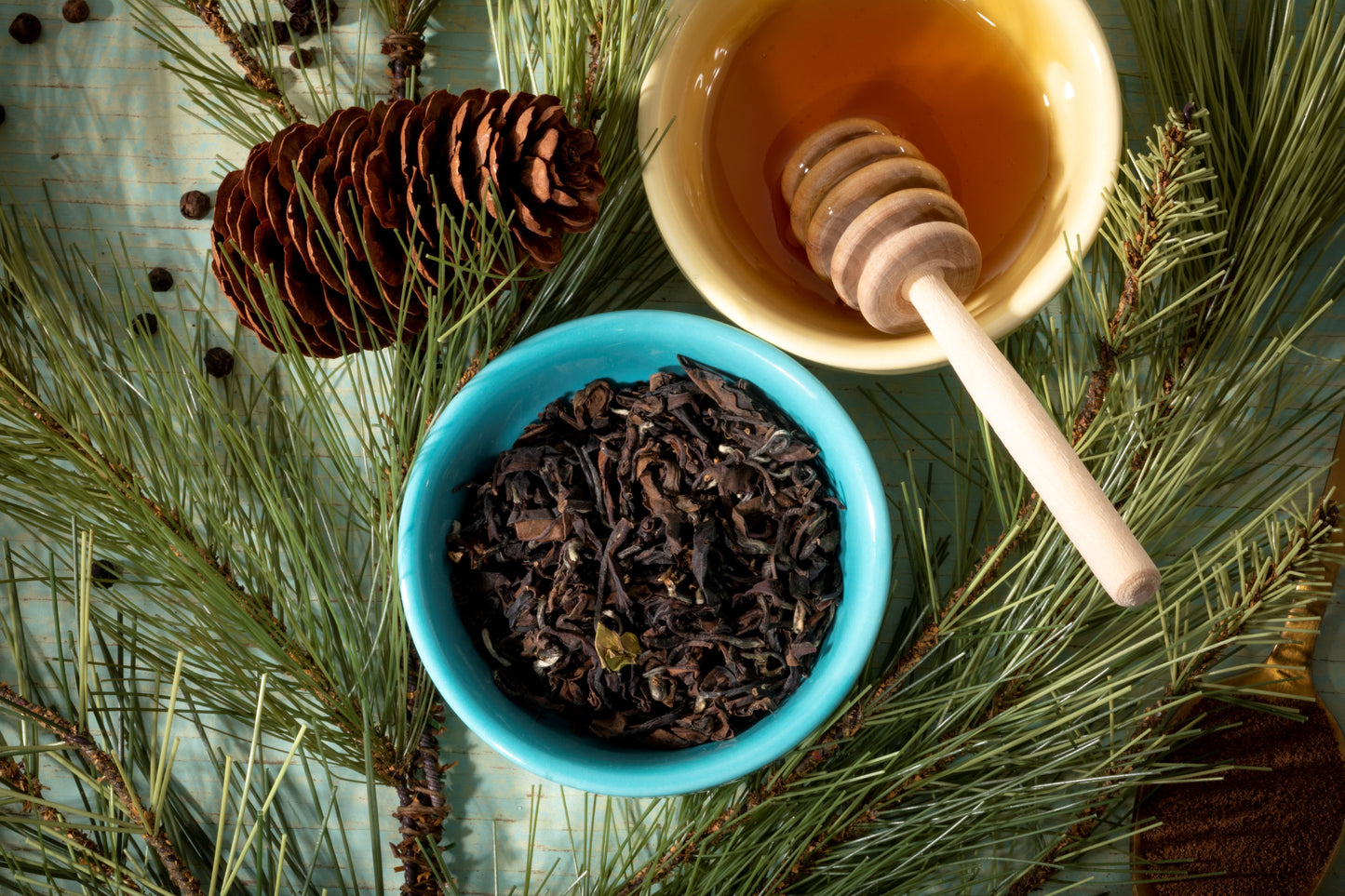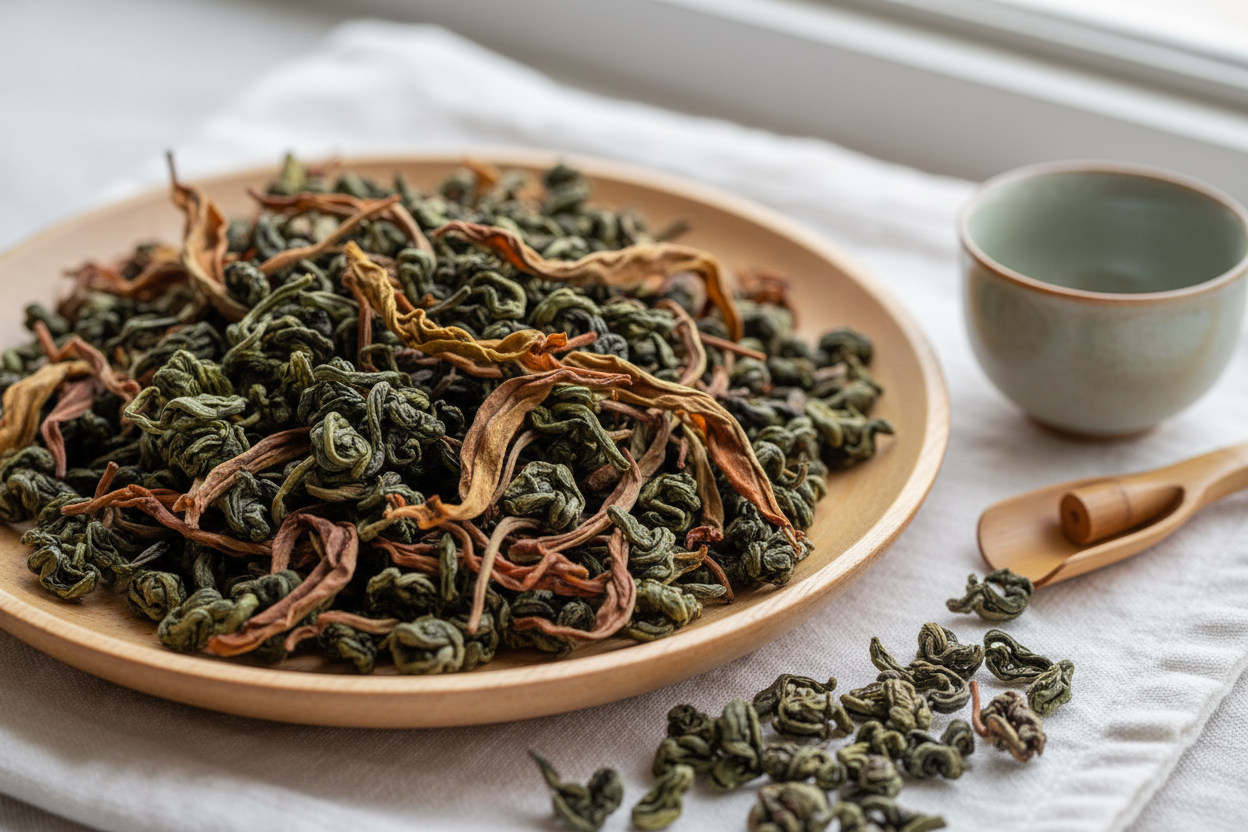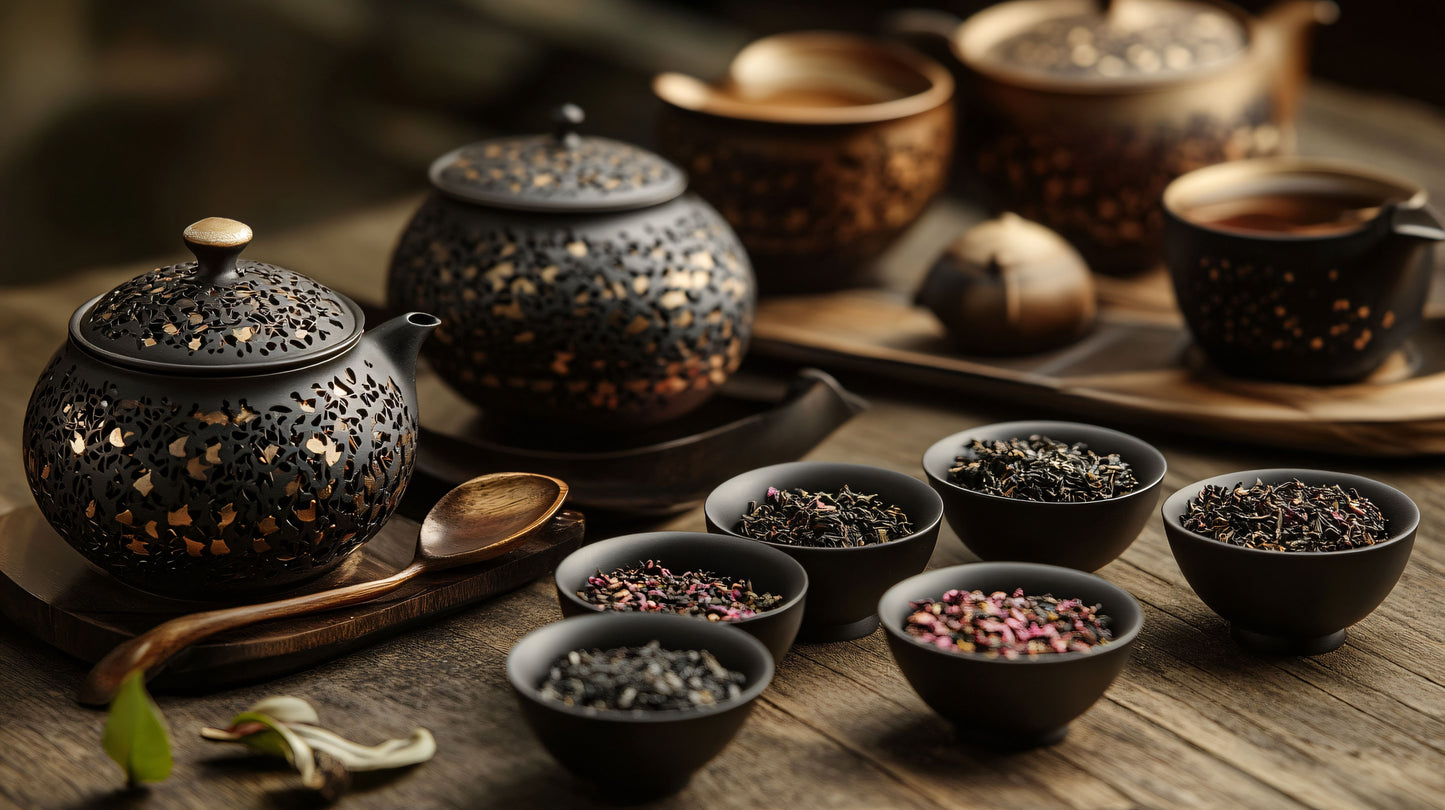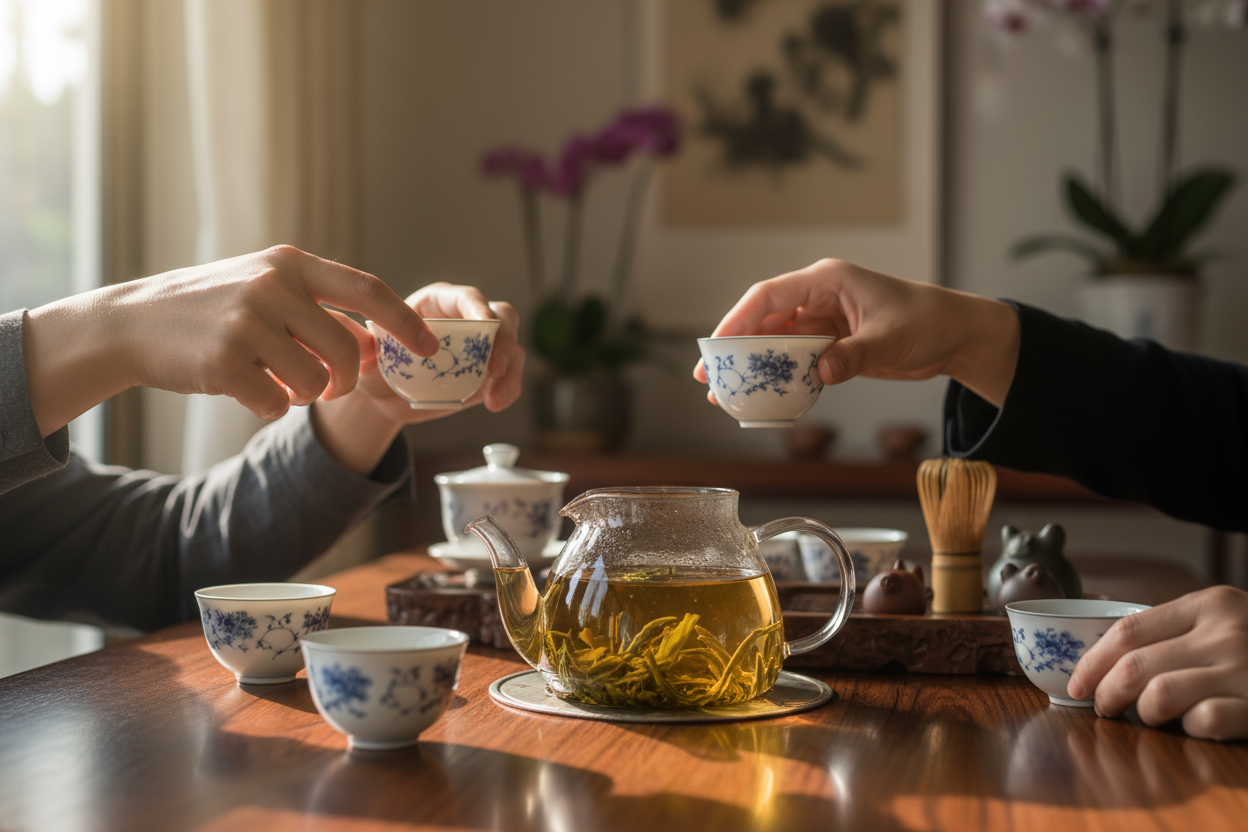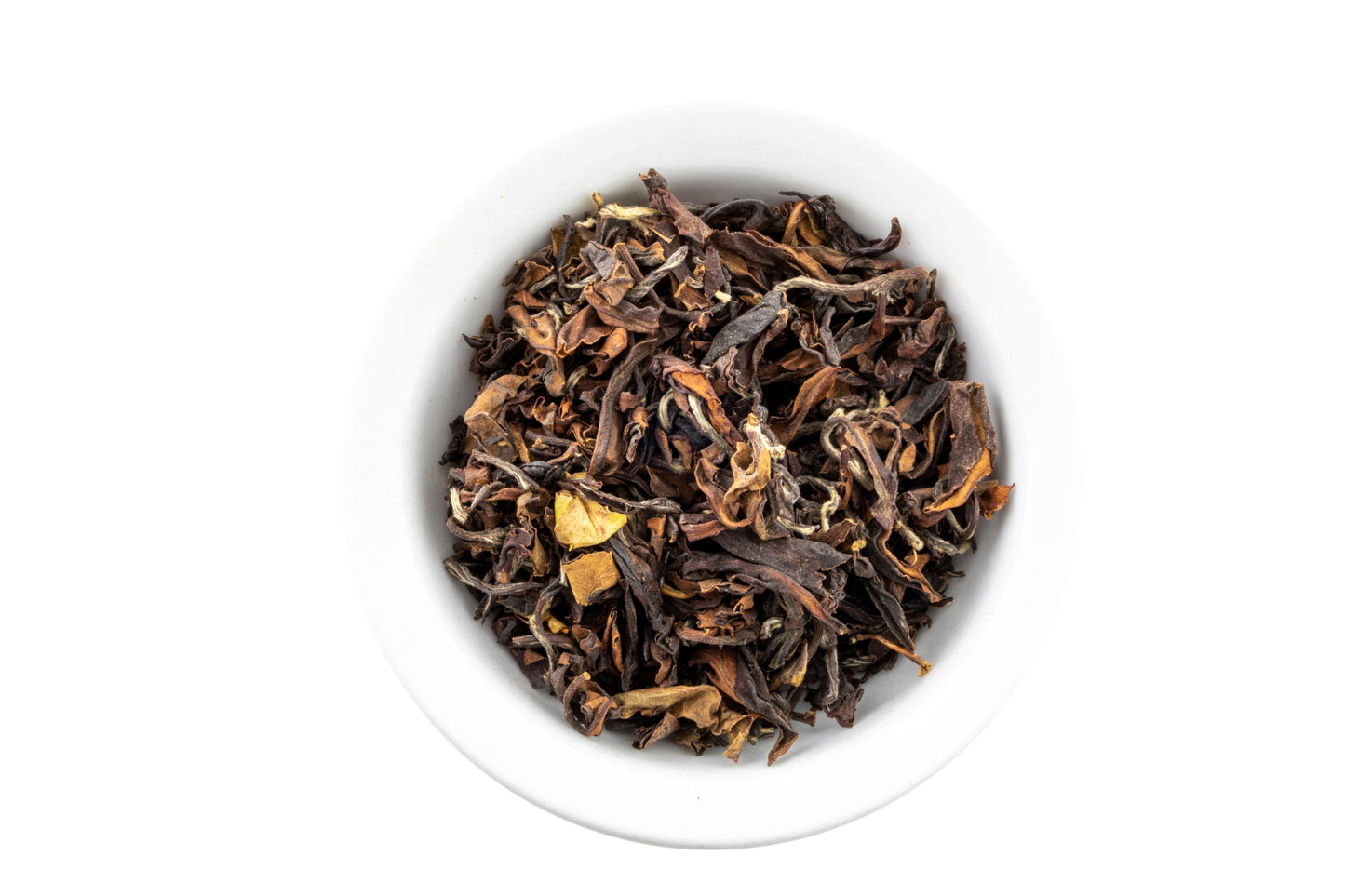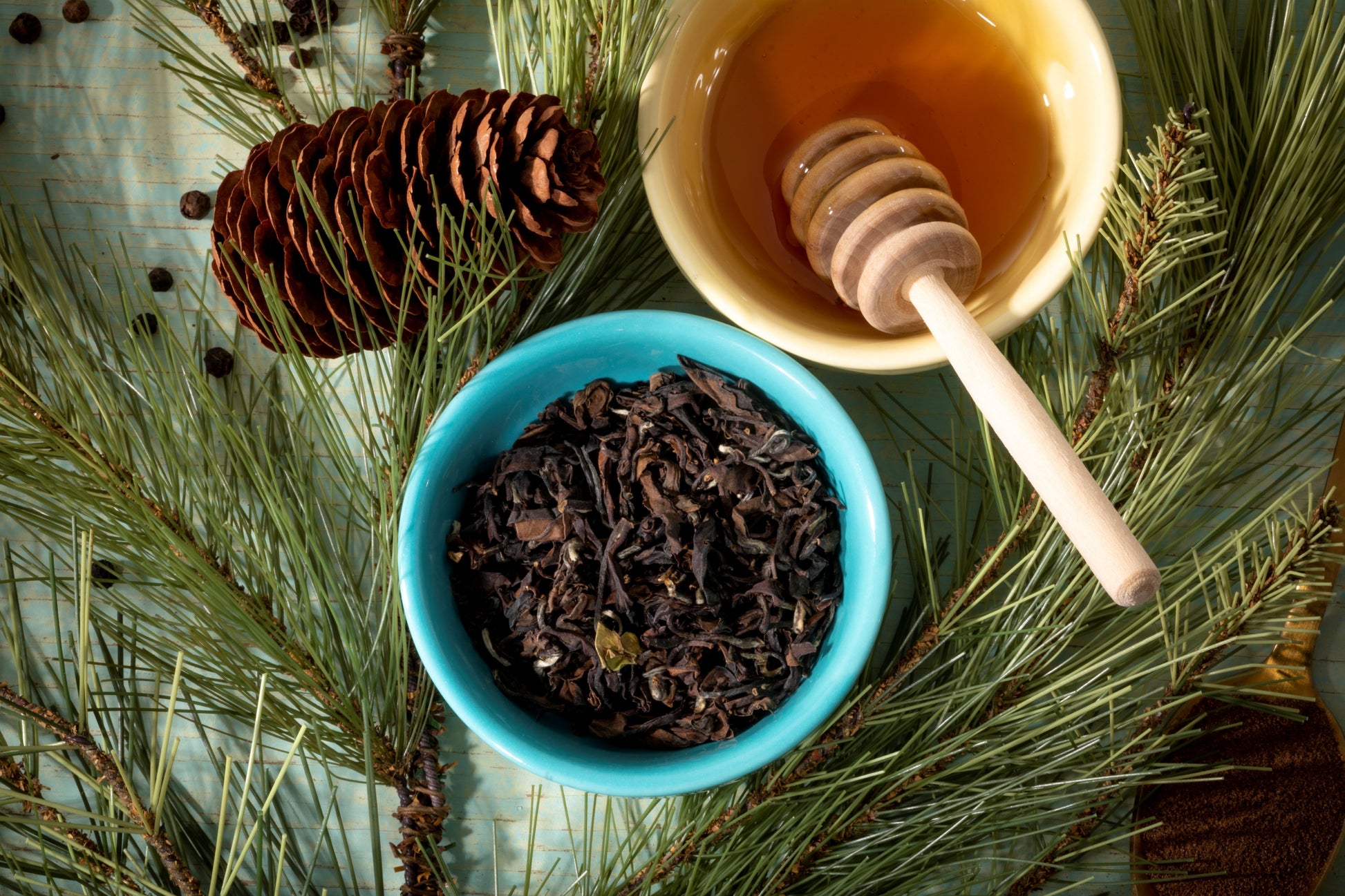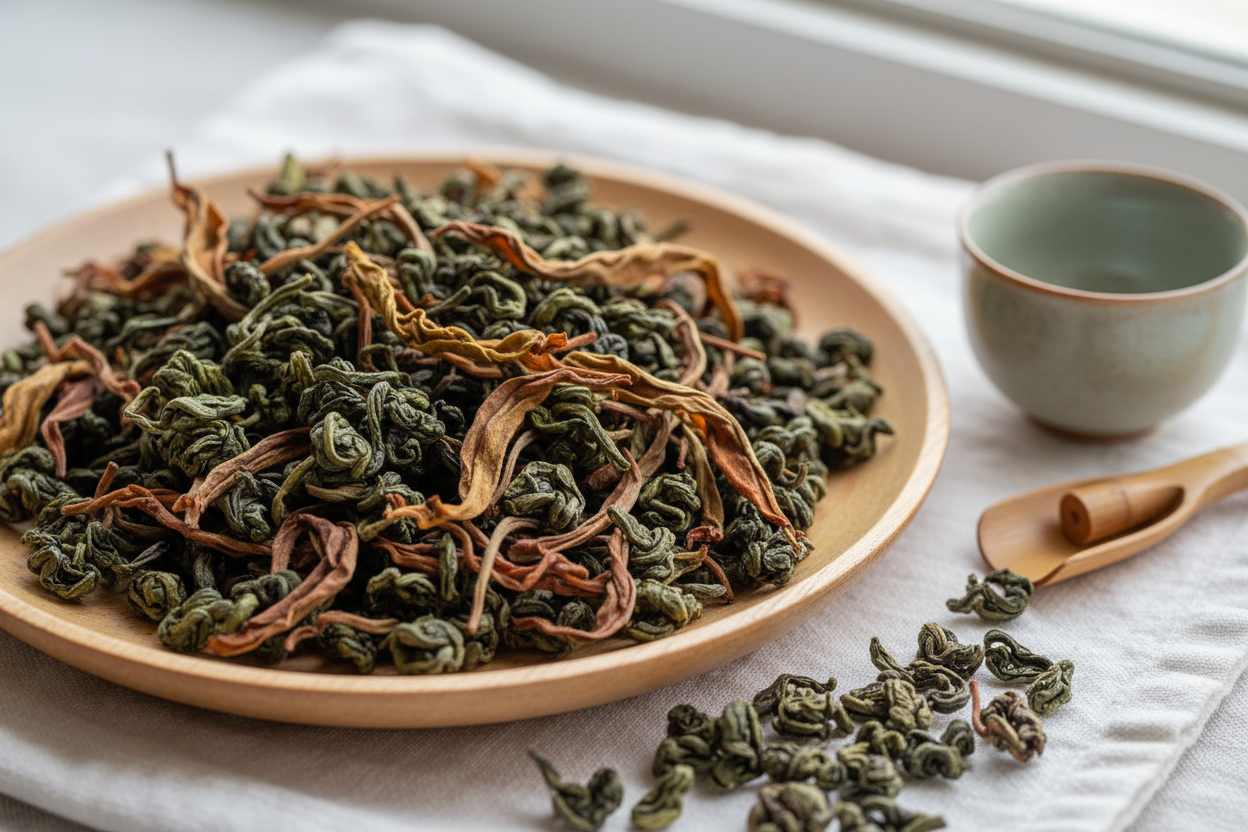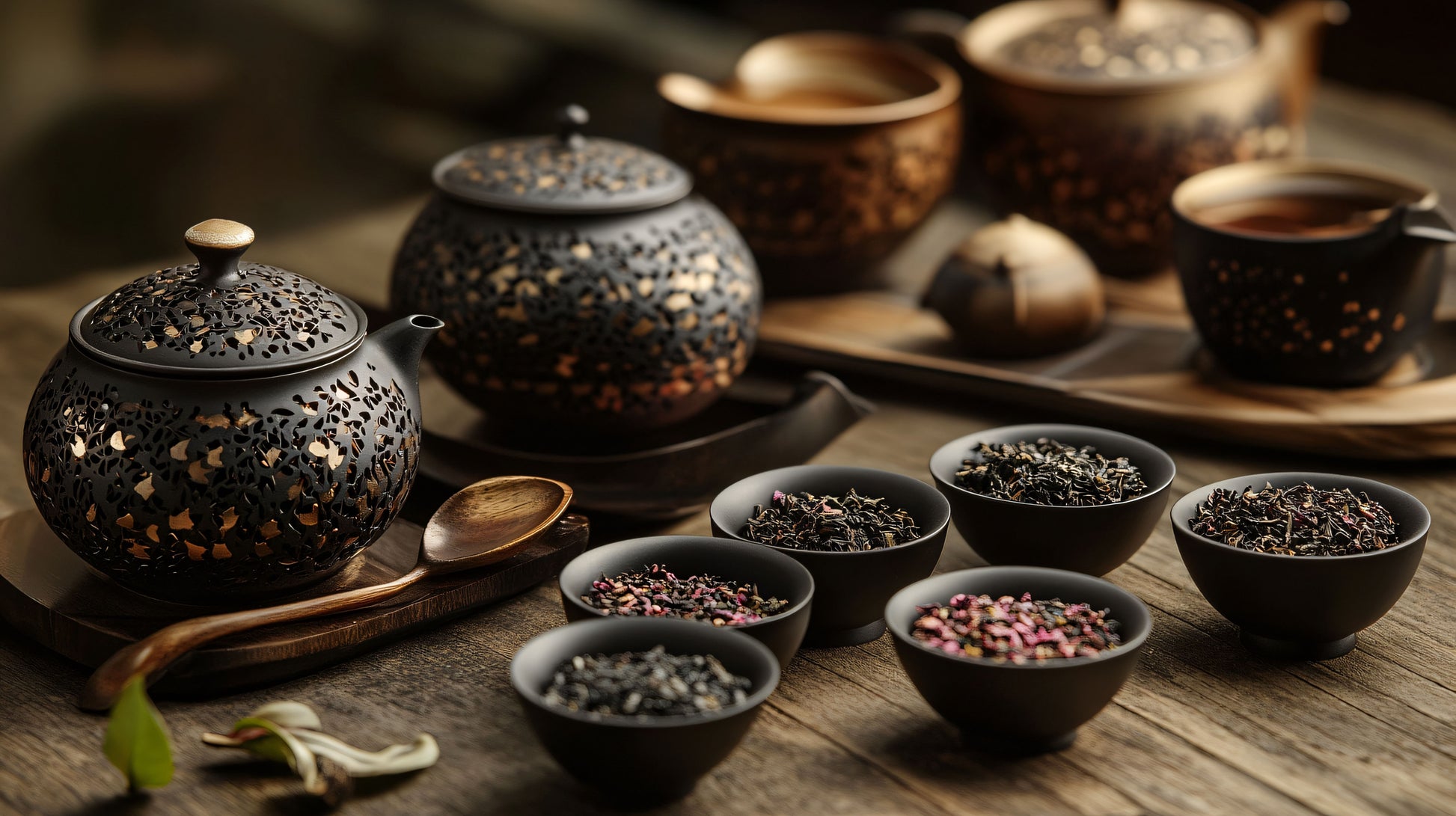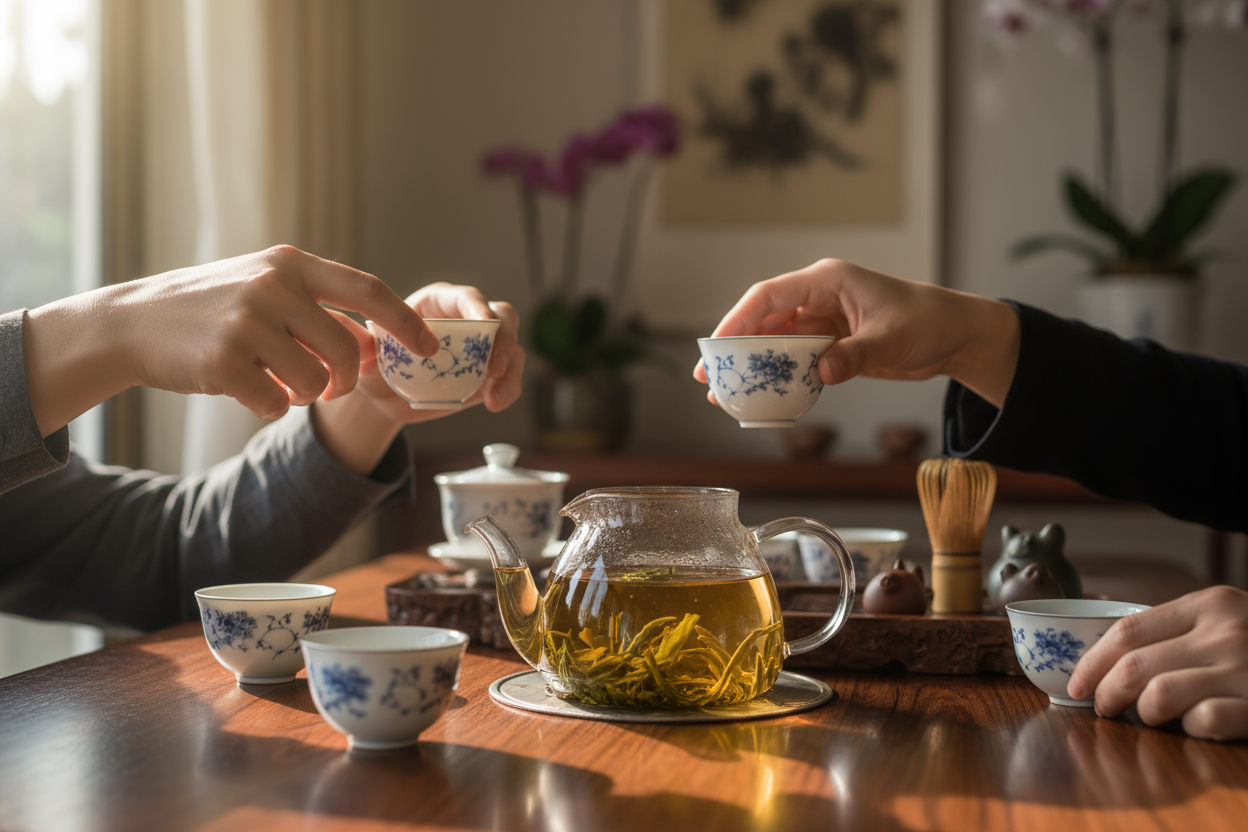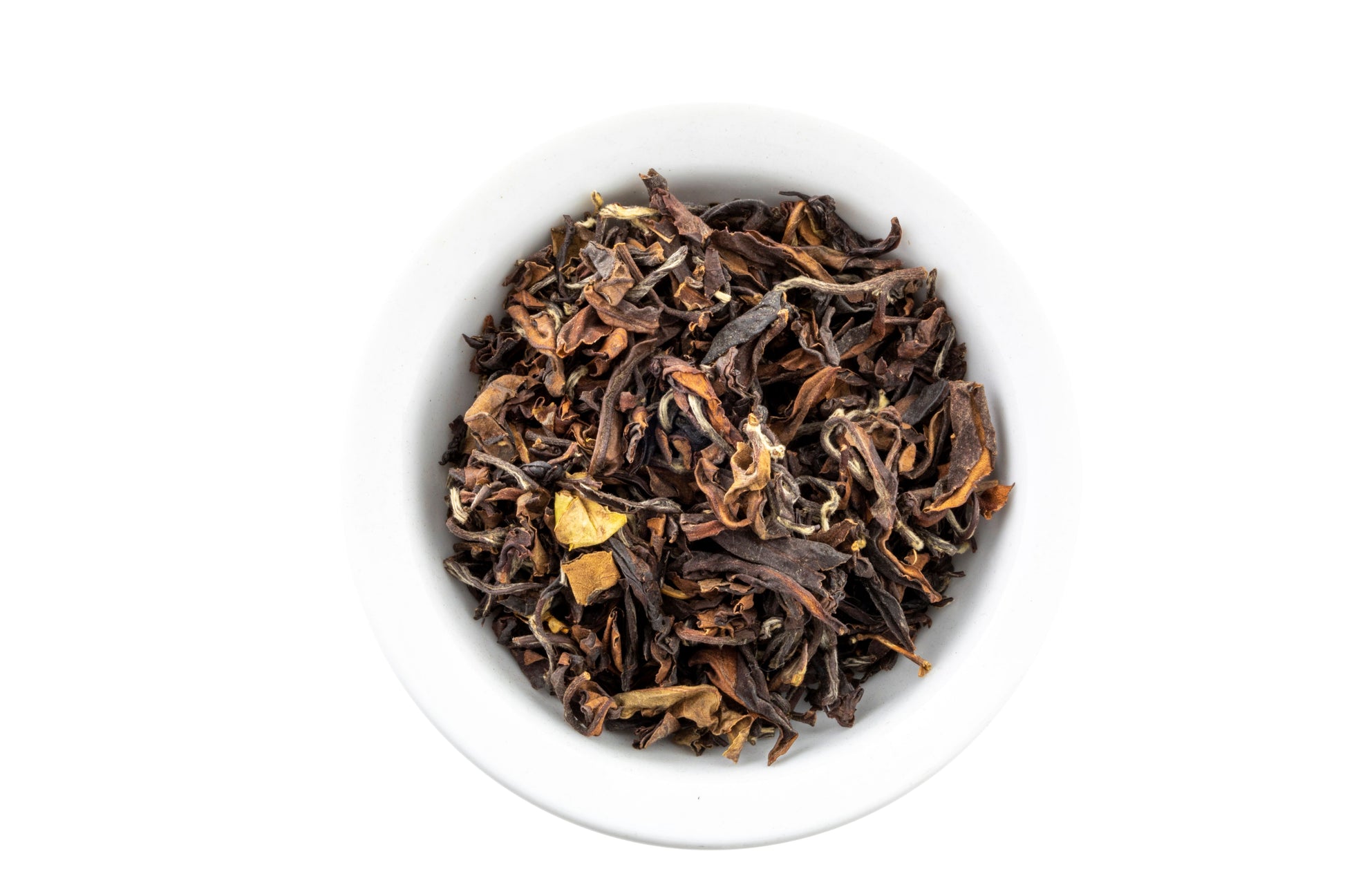Symphony of Leaves Tea Co.
Bai Ho Oolong Tea – Oriental Beauty Loose Leaf Tea
Bai Ho Oolong Tea – Oriental Beauty Loose Leaf Tea
Couldn't load pickup availability
With a rich 300-year legacy of cultivating oolong teas, Taiwan has earned a prestigious reputation as a producer of refined, luxurious oolongs, such as our Bai Ho oolong tea. This organic oolong, grown in Hsinchu County, exudes the delicate aroma of wildflowers and captivates with complex tasting notes of passionfruit, orange blossom, plum, and cherrywood. Taiwan’s subtropical climate, lying along the Tropic of Cancer, offers ideal conditions for tea cultivation. Its humidity, mist-laden air, and diverse elevations foster a thriving tea landscape, especially for oolongs. While tea production dates back to the early 1700s in Nantou County, the mid-1800s marked a turning point when tea cultivars were introduced from Wuyi in Fujian Province, solidifying Taiwan’s tea industry.
In response to global competition in the latter 20th century, Taiwan specialized in oolongs, with Bao Chong, Oriental Beauty (bai hao), and High Mountain (gao shan) oolongs achieving global recognition. Influenced by 50 years of Japanese rule (1895–1945), Taiwan incorporated Japanese agricultural methods, which further refined its tea production
practices.
Today, Taiwan’s tea culture flourishes through the artful gongfu cha, a traditional, intricate style of tea preparation that elevates the oolong experience and celebrates its cultural heritage. This devotion to craft has made oolong tea a cherished part of Taiwanese life and an emblem of its tea artistry.
Tea Origin - Hsinchu, Taiwan
Caffeine Level-Mid-An 8-ounce (230-ml) cup of green tea contains 25-45 mg of caffeine
How to prepare Bai Ho Oolong Tea (Oriental Beauty) Gong Fu Cha
- Gongfu Cha means making tea with skill - This is a very different process than traditional western tea preparation
- Gongfu cha involves using a high ratio of tea leaves to water with short, multiple infusions to extract a tea's complex aromas and flavors over time
- Gongfu cha involves using a high ratio of tea leaves to water with short, multiple infusions to extract a tea's complex aromas and flavors over time
- Start with a Yixing Teapot
- Bring fresh water to 170-180 degrees F
- can experience secondary and tertiary notes
- Each subsequent infusion involves slightly longer steeping times, allowing the tea to evolve and revealing different nuances with each round.
Pairing Recommendations
- Flaky light fish, basmati rice
- Fresh fruits-pears, white peaches
- Almonds, cashews
- Desserts – Baklava, Crème Brule
- Fruits, sorbet and soft cheeses
